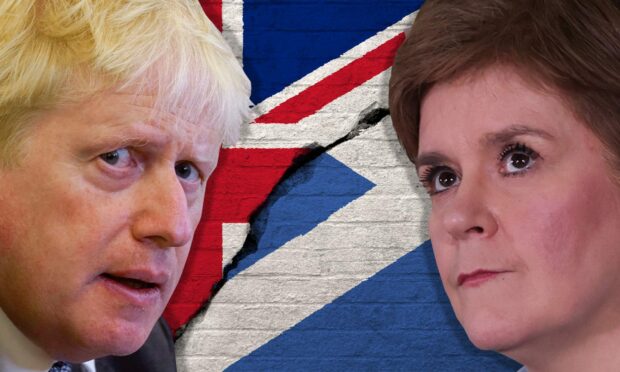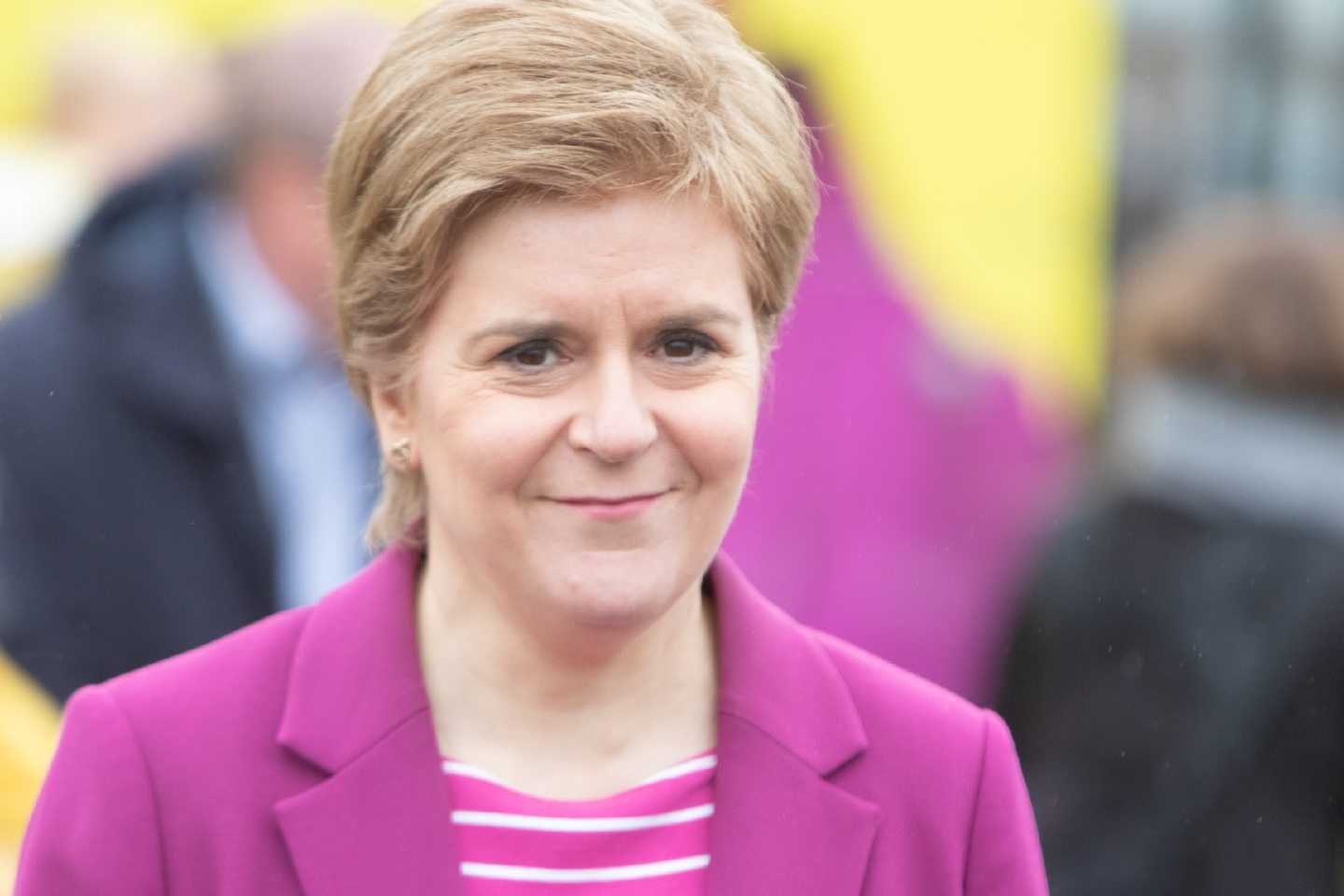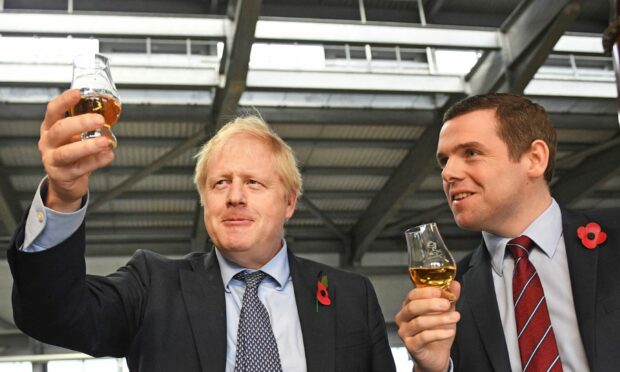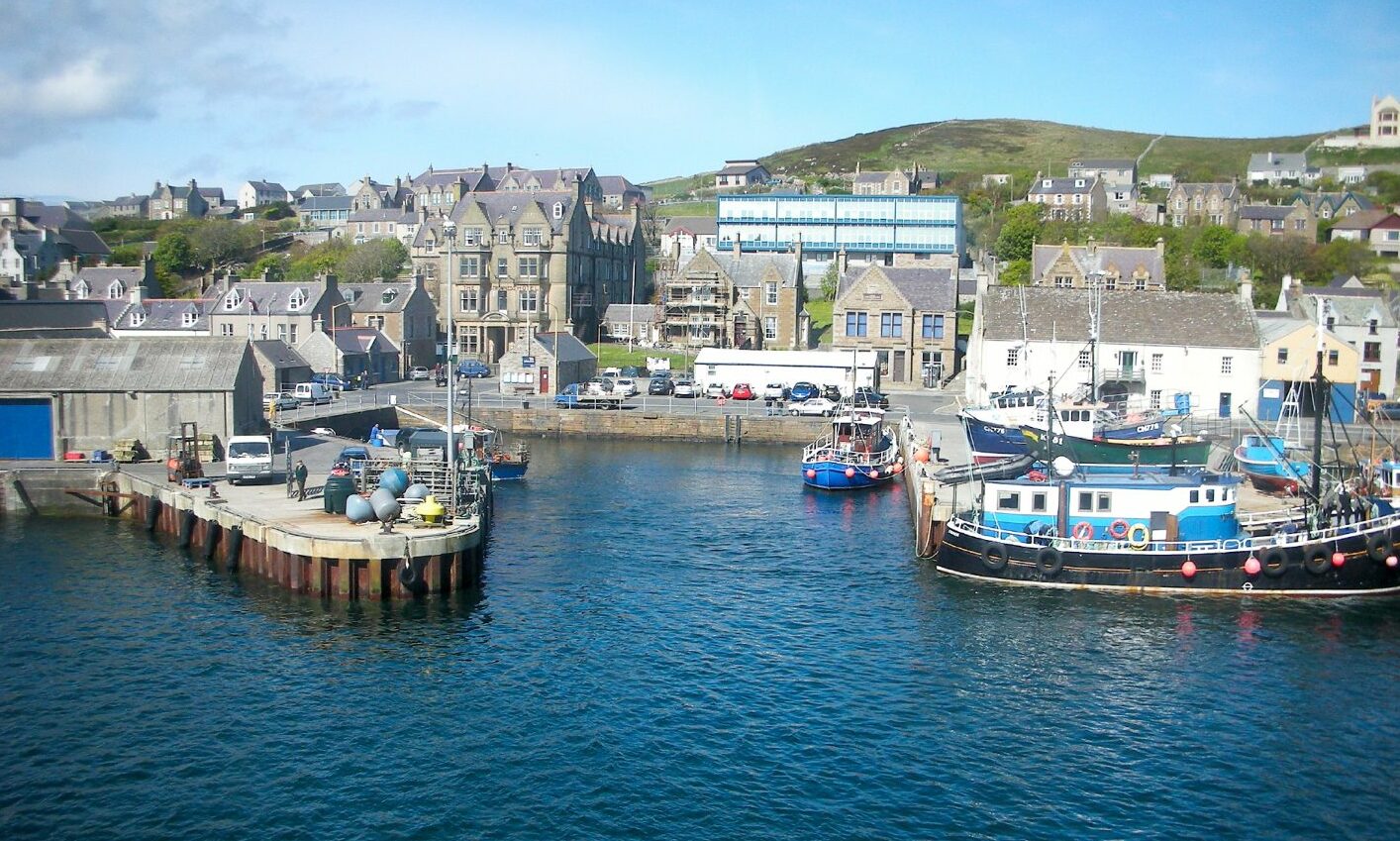Nicola Sturgeon wants to hold another Scottish independence referendum as soon as autumn 2023, but has the political ground shifted much where you live?
In 2014, the pro-Union campaign came out on top nationally with 55% of the vote.
The first minister wants a re-run, with suggestions it’s penciled in for October 2023, despite UK Government refusal.
As the country considers its options again, here’s how people across the north and north-east voted in 2014.
Aberdeen and the oil question
Voters in Aberdeen strongly rejected independence at the first time of asking.
More than 58% elected to stay in the UK.
The impact of oil was felt keenly in 2014 when Alex Salmond said revenues would effectively fund a wealthy new state.
With the SNP looking to wind down Scotland’s dependence on oil, winning locals over could prove a tougher task in 2023.
Aberdeenshire Tory resurgence
It was a similar story in Aberdeenshire, where more than 60% of those who cast a ballot voted No.
The largely rural council area was one of a select few where the Tories improved their seat share in the May 2022 council election.
It has been a fertile hunting ground for SNP politicians but it has a strong conservative base, pushing out the other parties.
Independence will be a tough sell here and locals can be expected to vote No again if they are given the chance.
Highland fault line
The Yes campaign came close to a breakthrough eight years ago in Highland communities.
In a tight contest, just under 53% of voters in the region rejected independence.
Opinion polling has suggested a strong base for Yes campaigners can still be expanded.
It could prove to be an important battleground in 2023 if Ms Sturgeon’s demands for a referendum are met.
Moray’s brush with Brexit
Voters in Moray came out in favour of the UK when they went to the polls in 2018.
More than 57% of locals who had their say rejected the SNP’s offer of independence.
But it also came within a whisker of being the only council area to back Brexit two years later.
It’s another area where the Conservatives boosted their share of councillors in May’s local elections.
Winning over locals to the independence cause could be an uphill struggle for a Yes campaign.
Orkney’s voice was clear
Orkney emerged as the most anti-independence council in the whole country after the 2014 referendum.
More than two-thirds of voters here opted to stay in the UK when they cast their ballots.
The islands have long been a stronghold for the pro-union Liberal Democrats, often bucking national trends.
Shetland’s unionist outpost
A similar picture emerged in Shetland eight years ago, resoundingly rejecting independence.
Here just over 63% of locals opted to stay in the UK.
The islands sparked their own particular debate at the time too.
It was even suggested Shetland might become a dependency of the UK in the event of independence.
The islands are another strong support base for the Lib Dems, and a breakthrough for the Yes vote would likely prove tough.
Western Isles sails close
The Western Isles had one of Scotland’s more competitive contests, with just over 1,000 votes separating both camps.
In the end, 53% of residents backed remaining in the union.
But the SNP have had plenty of electoral success here in the past and a repeat is by no means certain.
7 big unanswered questions as Nicola Sturgeon launches new Scottish independence campaign



